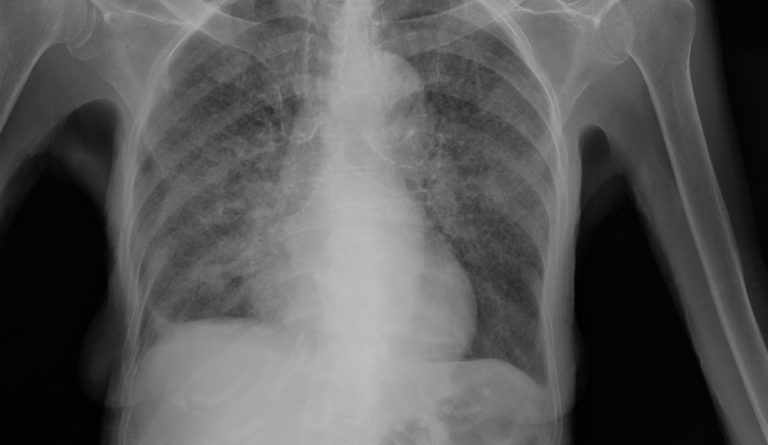When Seeking Health Care Becomes Unhealthy
A study by Pan and colleagues identifies frequent health care visits as a risk factor for contracting active TB.

Read Time: 3 minutes
Published:
The Global Fund estimates 26,000 people contract tuberculosis (TB) every day. The pathogen, Mycobacterium tuberculosis, follows HIV as the world’s second deadliest infectious disease, and the two are linked: HIV increases susceptibility to TB. The Millennium Development Goals (MDGs) and the Stop TB Strategy sought to reduce the global incidence of TB by 50%, and The Global Fund recorded a 47% decrease in new cases between 1990 and 2015. The World Health Organization is focused on eliminating TB by 2050.
In 2013, the Taiwanese Centers for Disease Control reported a TB prevalence of 49 per 100,000. Six researchers from the National Taiwan University Hospital, National Taiwan University, and National Health Research Institutes assessed the relationship between the number of hospital visits and TB incidence to better understand TB as a nosocomial infection.
Pan and colleagues identified TB cases among 1 million claims using the Taiwan National Health Insurance database between 2003 and 2010. The cases comprised of 4,202 individuals with active TB who were receiving a prescription for anti-TB medications, and the controls comprised of 16,808 individuals matched to the cases by age, gender, and diagnosis date.
These data identified frequent health care visits as a risk factor for contracting active TB. Among those who visited a health care facility fewer than five times each year, 40 per 100,000 were diagnosed with active TB. Among those who visited a health care facility more than 30 times each year, 152.2 per 100,000 were diagnosed with active TB. Individuals in the cohort who visited a health care facility more than 30 times each year had a 77% increased risk of contracting active TB compared to those who visited a health care facility fewer than five times each year.

The authors recommend education campaigns to encourage avoidable hospitalizations, diagnosis of active TB, and a scale-up of hospital infection control. Health systems in both developed and developing countries, including Taiwan, the United States, and elsewhere, should consider TB as a nosocomial infection and implement policies to reduce the risk of hospital-acquired TB.
If the global health community continues to recognize the burden of TB and continues to define TB as a priority, then TB prevention efforts must sync with TB treatment efforts. As the Sustainable Development Goals build on MDG progress to reduce the global prevalence and incidence of TB, the vulnerable deserve sustained research into TB as a nosocomial infection. Seeking health care must not lead to disease, and policy makers and providers must prevent hospitalizations from becoming unhealthy for at-risk populations.
Featured image: Yale Rosen, Miliary tuberculosis, Numerous tiny nodules are present in both lungs, used under CC BY-SA 2.0



